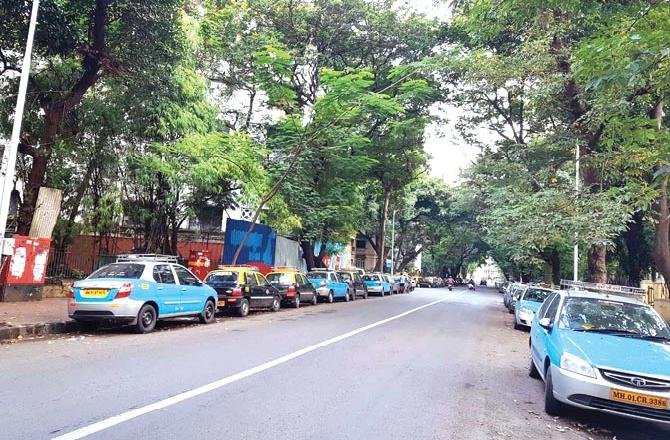Portraits, Dreams And Quirks Of Nine Young Parsis In Mumbai
There’s nothing quite like observing a creature in its natural habitat. Fortunately for us, India is one of the few places a particularly rare specimen are still fairly common. So, for the avid naturalist, here are a few tips for spotting and luring in that ever so endangered species–the Parsi.
They are most active around dusk when the remains of their dhansak lunch has finally been digested. Leaving their siestas behind needs just the right amount of coaxing so you should have plenty of chai and batasas ready to soothe them. Be warned that even this offering may not stem the flow of grumbling, but don’t be alarmed for a Parsi that is truly bemoaning the state of the world is asleep, ill or eating. As the sun sinks below the horizon, you’d do well to have a bottle of whisky on hand though the sanctity of this ritual may vary drastically depending on which type of Parsi you’ve lured into your midst. Still, even if you scare your Parsi away, a simple call might help you find them. Clear your throat and cry as loud as you can ‘Jamvo Chalo Ji!’ This could, however, cause a stampede as every Parsi in the vicinity may descend upon you expecting to be fed so only use it in the most dire circumstances. Of course, you could skip all the effort, plant yourself in a place that serves good food and better booze and just wait for them to come to you. They are an overwhelmingly friendly and fun-loving bunch so approach at will, though there’s one trigger you’re better off knowing if you want to stay unharmed–don’t insult the Queen.
It’s easy to poke fun at a minority community that’s most lovable for their ability to laugh at themselves. While the rest of the world is busy getting offended, Parsis have always been ready with a creative quip at hand, ready to move on to the bigger and better laugh. It’s perhaps this light-hearted, yet straightforward spirit that’s led them to have such a big impact on our country, despite their dwindling numbers. Although their population currently stands at 69,000, which is a mere 0.006 per cent of the country’s total population, their legacy speaks volumes. From industry to the arts and philanthropy to economics, the legacy of the Parsis may very well outlive the community at this rate but there’s no denying that the community is facing what seems to be an unstoppable decline.
There are many reasons behind the dropping numbers. Parsis, unlike other communities, don’t put such a great emphasis on marriage. Many Parsis remain bachelors and spinsters till they die. If they do marry, a lot of them decide to marry late—in their 30s and even 40s, when conceiving children becomes difficult. Additionally, their duality is well known. Outwardly, they are incredibly westernised and modern. Internally, they wrestle with many demons, the most vicious of which is a mania for blood purity—inter-caste marriages are heavily frowned upon. Moreover, it lays bare the community’s skewed gender rules, as a woman who marries outside is no longer considered a Parsi, and neither are her children. The same does not apply if the man is Parsi—his kids may still be initiated into the Zoroastrian faith.
Through agencies such as Jiyo Parsi, which is a government run scheme to promote the community, people are being made aware that without some help this eccentric race may be facing extinction. If that does come to pass it would be a sad day for India, not merely because of their contributions to the economy, but because their crazy ways and delicious food have become so ingrained in the country’s identity. Hopefully the future will see growth in the Parsi community because we aren’t ready to say goodbye to their big laughs, their big bellies and their even bigger hearts.
For those of you not lucky to have a Parsi in your life we volunteer 9 of our own on the celebratory occasion of Parsi New Year today so you can learn a bit more about this elusive community. We also assure you that this is not an attempt to cement stereotypes but a shout out to all the dikris and dikras who are carrying on living their lives, carrying the legacy of their community forward by doing what they do, the very best that they can. And they’re doing it with a sense of humour.
CLick here to readmore on HomeGrown





